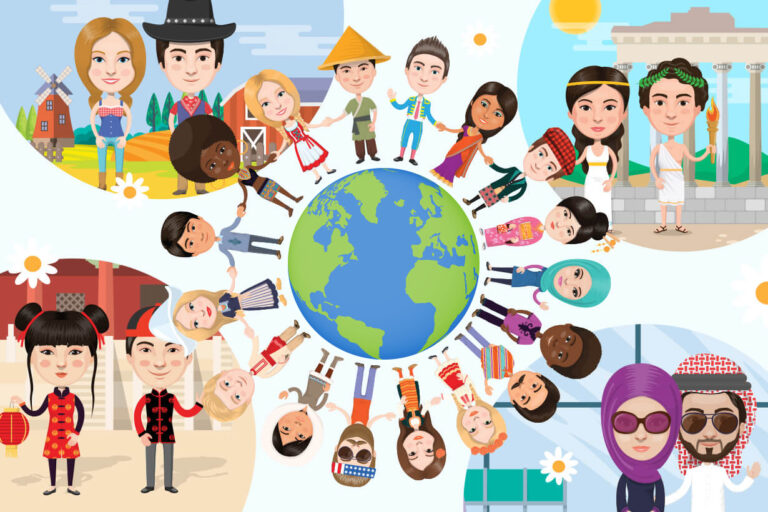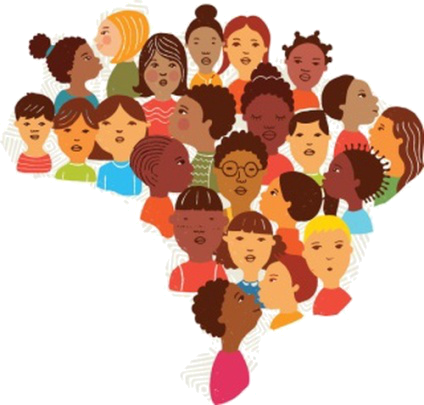CONNECT
Cultural diversity refers to the different customs of a society, which may include clothing, cuisine, religious expressions, traditions, and also differences in languages, habits, accessories, utensils, lifestyles, values, and artistic forms of expression.
The main contributors to Brazilian culture were the European colonizers, Indigenous populations, and African slaves. Later, immigrants such as Italians, Japanese, Germans, Polish, Arabs, and others added to Brazil’s cultural plurality.
Cultural diversity enriches and develops societies, making it essential to value and protect it, promoting mutual understanding and respect.
Watch the video “Cultural diversity in communication”:
REFLECT
• What do you understand by cultural diversity?
• Are there students of different ethnic backgrounds at your school? Do they have the same customs as you?
• Do you know any utensils or accessories used by Indigenous peoples?
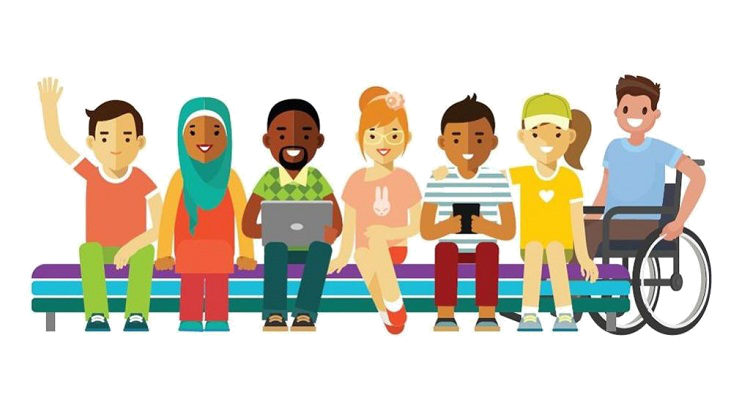
ACTIVITY PROPOSAL
It is a structure that uses the power of water to operate. It mainly consists of a waterwheel that spins with the current of a river or stream. This movement is transferred to other parts of the mill, making them move.
The main purpose of a watermill is to grind grains such as wheat, corn, or barley into flour. Before electricity, it was widely used in farms and villages to support food production.
BUILD
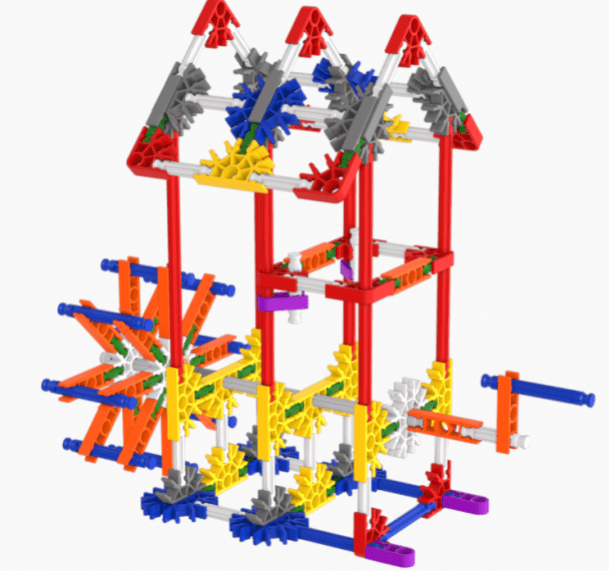
As a team, build a prototype of a Watermill. Use the parts available in the structural robotics technology kit. Follow each assembly step carefully and test it. All team members must actively participate in the process and contribute with ideas and solutions.
CONTINUE
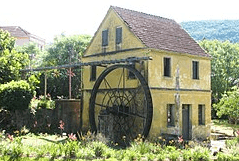
After building the prototype, share the experience with your classmates.
• Was it possible to identify the role of the motor in the assembly?
• How was it to build the mill’s gear system?
• Would you design the base differently?
Then, store all the materials used.

